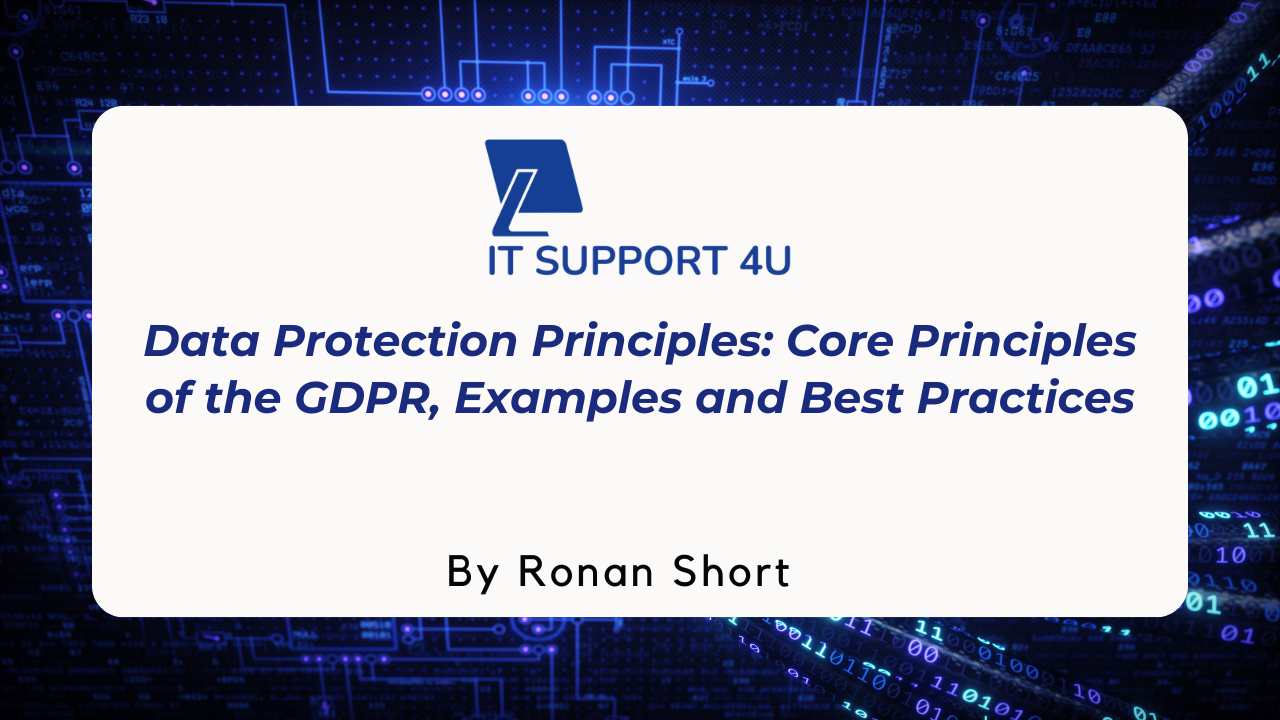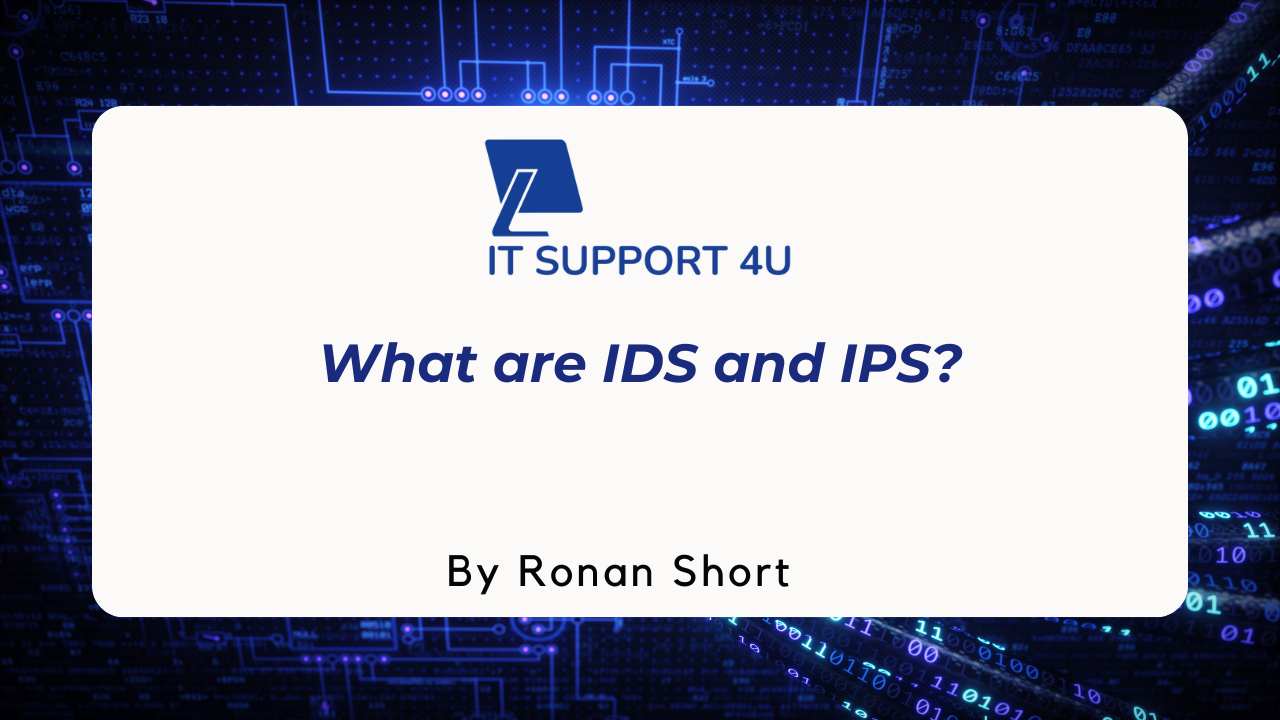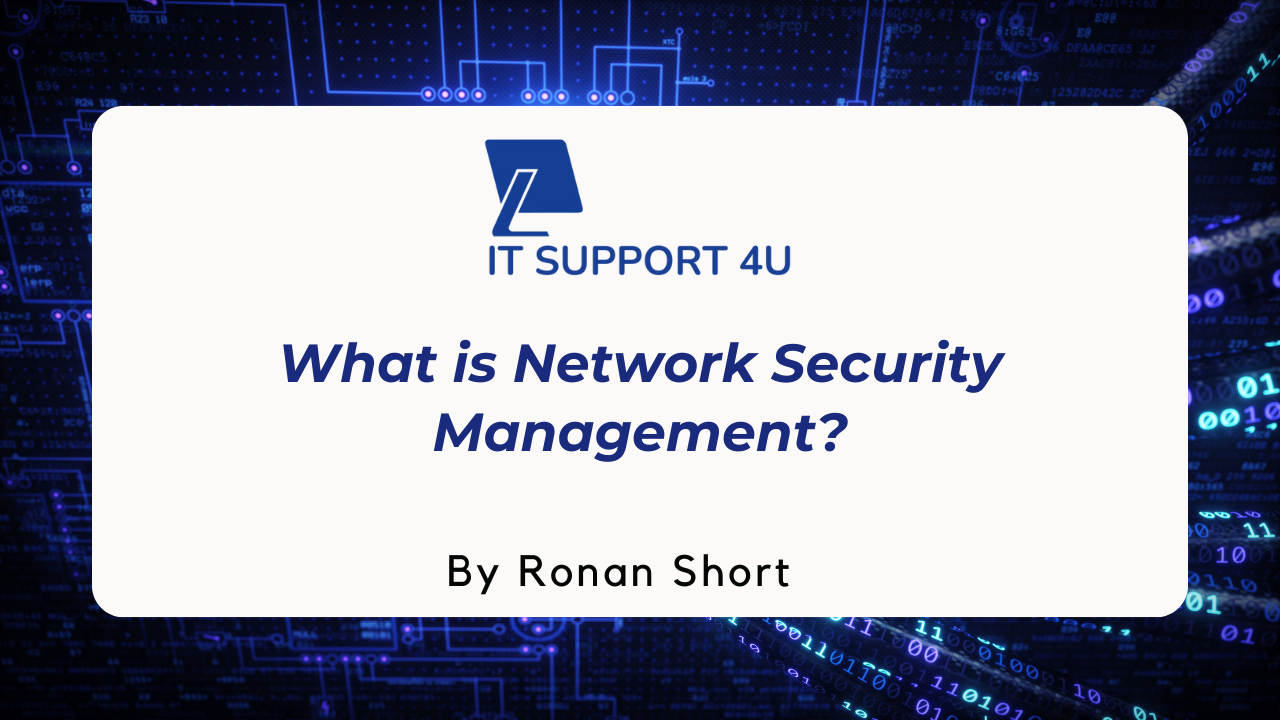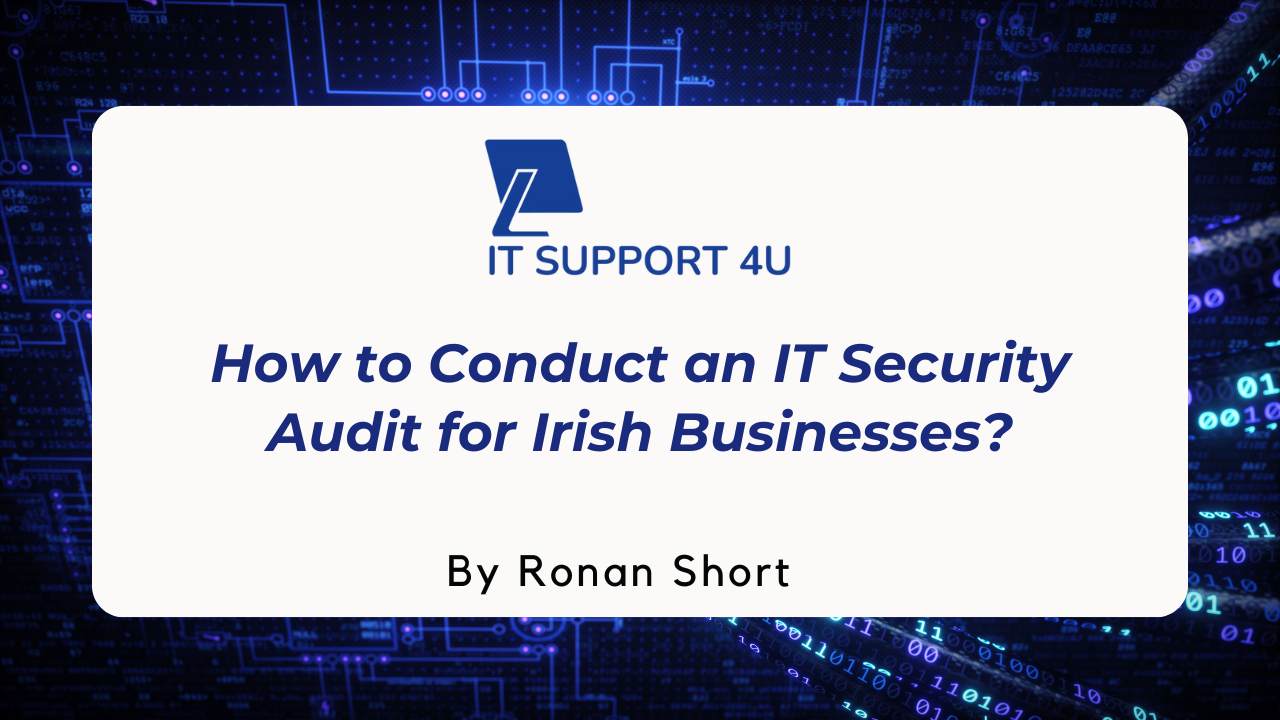According to the AV-TEST Institute, over 390,000 new types of malware are detected every single day. That’s a staggering number and it means cybercriminals have endless opportunities to target unsuspecting users.
So, what are the common cybersecurity mistakes to avoid? Unfortunately, many people still fall into the same traps that make life easy for hackers.
Let’s walk through the top 10 most common mistakes—and more importantly, how you can steer clear of them to keep yourself and your data safe.
What Are the Common Cybersecurity Mistakes to Avoid?
Let's learn what are the common cybersecurity mistakes to avoid and how to protect yourself from it:
1) Clicking Suspicious Links
Ever clicked on a link that seemed a bit suspicious? People often get into suspicious websites while searching for free music, images, or deals.
Just one wrong click can download malware that steals sensitive information—like your banking details or login credentials.
Tip:
Stick to trusted websites, especially when clicking through search results. If a link looks suspicious or too good to be true, it probably is.
2) Downloading Fake Antivirus Software
Pop-up warnings telling you your PC is infected and urging you to download free antivirus software are usually scams.
Cybercriminals love to disguise malware as helpful tools.
Tip:
Only download antivirus software from trusted sources, and always keep it updated. Use a pop-up blocker to avoid falling into these traps.
3) Leaving Your Webcam Exposed
Some types of malware can secretly activate your webcam and microphone, letting hackers spy without your knowledge.
This kind of privacy breach is more common than many realise.
Tip:
If your webcam light is on and you’re not using it, something’s wrong. Learn how to disable your webcam and microphone properly when not in use.
4) Plugging in Unknown USB Drives
Using someone else’s USB stick might seem harmless, but it can be a direct route for malware to enter your system. Even a “lost” drive left lying around could be risk.

Tip:
Only use USB drives you trust, and regularly scan all devices for viruses.
5) Reusing the Same Password Without Two-Factor Authentication
Using the same password across multiple accounts—like banking, email, and shopping—is a big risk. If one account gets hacked, the rest are easy targets.
Tip:
Use unique passwords for every account and enable two-factor authentication (2FA) whenever possible.
6) Choosing Weak Passwords
Even if you don’t reuse passwords, weak ones are still a problem. Passwords like “123456” or “qwerty” are easy for hackers to crack using strong force tools.
Tip:
Create strong passwords using a mix of letters, numbers, and symbols. A password manager can help keep them organised.
7) Ignoring Software Updates
Delaying updates might seem harmless, but outdated software often has known vulnerabilities that hackers can use.
Tip:
Enable automatic updates where you can, or set a reminder to check regularly. Keeping your system updated is one of the easiest ways to stay secure.
8) Falling for Phishing Emails
Phishing emails try to trick you into clicking malicious links or handing over sensitive info. Think of fake tax alerts, prize winnings, or “urgent” messages from your bank.

Tip:
Always check the sender’s full email address and avoid clicking links unless you’re 100% sure they’re legit. When in doubt, delete the email.
9) Turning Off User Account Control (UAC)
UAC pop-ups can be annoying, but they exist to protect you. Turning them off gives malware a free pass to make changes to your system without asking.
Tip:
Keep UAC on to stay in control of what runs on your machine.
10) Using Public Wi-Fi for Sensitive Tasks
Public Wi-Fi networks—like those at cafés or airports—are often unsecured. Hackers can set up fake networks and access your data once you connect.
Tip:
Never access sensitive accounts on public Wi-Fi. If you must, use a VPN (Virtual Private Network) to keep your data private.
How to Prevent Cybersecurity Mistakes?
Want to avoid cybersecurity slip-ups? It starts with awareness, training, and smart habits. Turn weak spots into everyday strengths for a safer business.
1. Build Phishing Awareness Through Regular Training
Phishing scams are getting smarter, so your team needs to be just as sharp. Regular training and phishing simulations teach staff to spot red flags like unusual email addresses and suspicious attachments.
To strengthen your defenses:
- Run regular phishing simulations for real-world practice.
- Use multi-factor authentication (MFA) for extra security.
- Share sensitive info only on encrypted platforms and set clear email guidelines.
- Encourage a security-first culture where staff can report suspicious activity without fear of blame.
2. Put Strong Defense Strategies in Place
Even with the best training, mistakes can happen. What matters is how you respond—and how quickly. A solid plan can turn a potential disaster into a minor issue.
Here’s what every SME should have:
- A clear incident response plan—know what steps to take when things go wrong.
- Transparent communication—be honest with clients if there’s a breach.
- Regular system checks and audits—stay ahead of potential vulnerabilities.
Conclusion
Cybersecurity isn’t just about having the right tools—it’s about building smart habits.
By learning what are the common cybersecurity mistakes to avoid are and staying aware of everyday threats, you can significantly reduce your risk of falling victim to online attacks.
Whether it’s ignoring software updates or using weak passwords, a few small changes can go a long way in keeping your personal information safe.
Need Help Strengthening Your Cybersecurity?
At IT Support, we help businesses like yours stay one step ahead of cyber threats—whether it’s staff training, security audits, or putting a response plan in place.
Get in touch today, and let’s make sure your systems (and your team) are fully protected.
Get an IT Plan Today!













